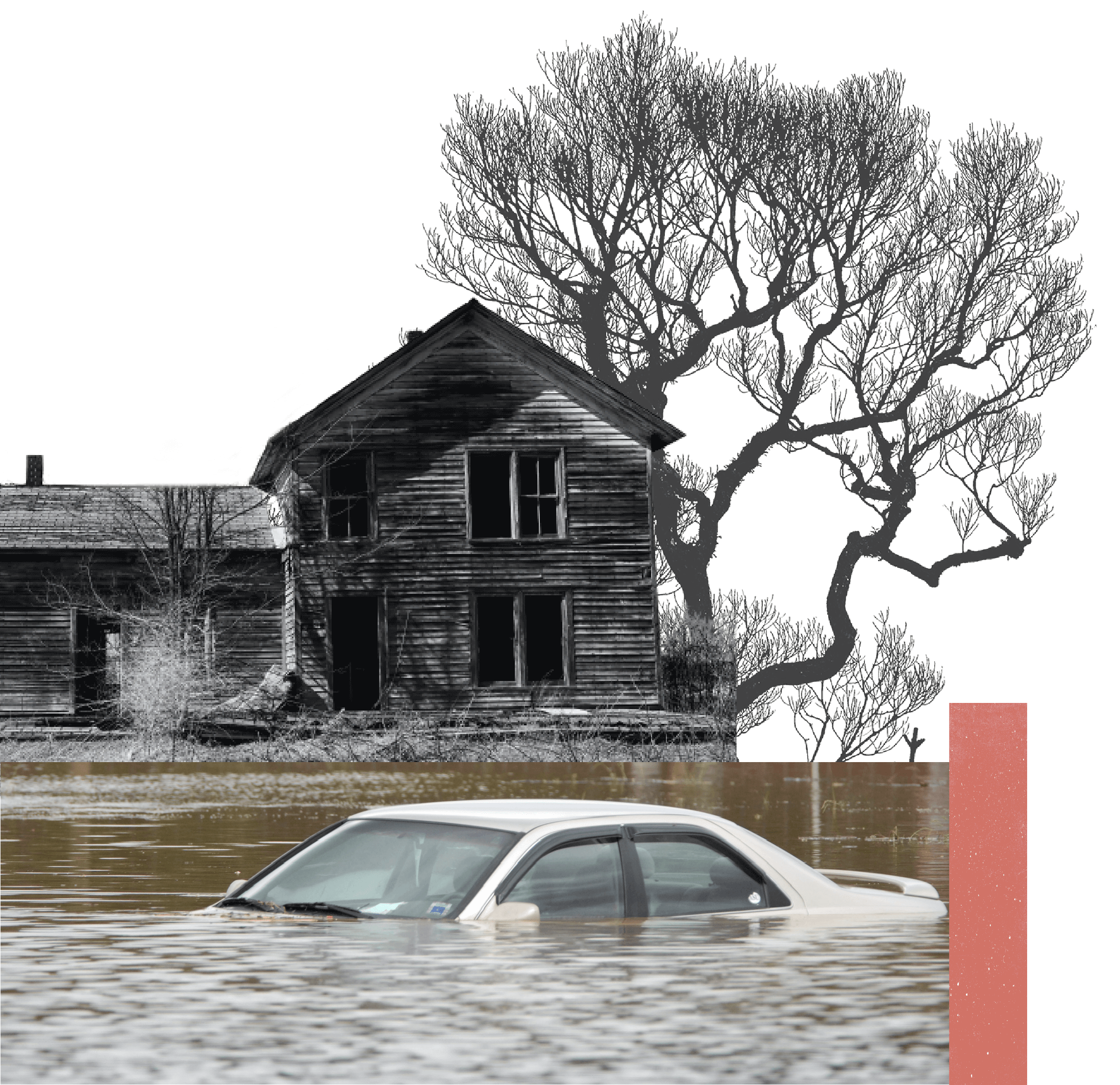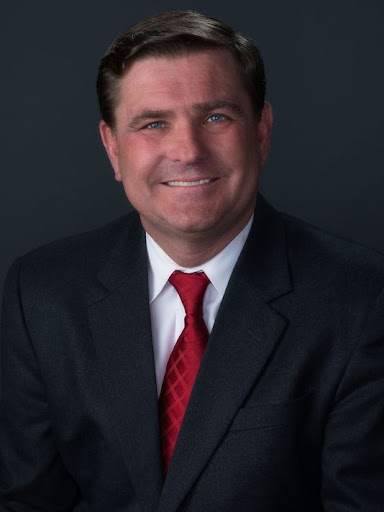to Protect Homes and Lives
Charlotte-Mecklenburg, North Carolina, had long planned for what’s known as a twenty-five-year storm—a dangerous flooding event that has a probability of occurring only a few times in a century.
When Hurricane Michael came in 2018, the city was prepared. But, rather than having a gap of more than two decades before the next extreme weather event, a second twenty-five-year storm hit within months—Hurricane Florence. It destroyed homes, lives, and livelihoods.
The following year, more heavy rain fell. Again in 2020, as moisture along a cold front interacted with the remnants of Hurricane Eta, more heavy rain fell, leading to catastrophic floods and devastating an already-traumatized community in recovery. The diverse communities living in older neighborhoods were most affected, as properties there were mainly constructed in the 1970s without flood-mitigation measures in mind.

Across the United States, floods kill more than one hundred people annually and cause vast property damage. 1 The Federal Emergency Management Agency (FEMA) estimates that repairing and replacing flood-damaged roads, bridges, utilities, and other public infrastructure cost an estimated $48.6 billion between 1998 and 2014. 2
In response, Charlotte-Mecklenburg Storm Water Services implemented the Quick Buy Program, along with a program of floodplain management. It is funded using a combination of FEMA grant money and a “rainy-day fund”— money raised from Storm Water Utility Fees to ensure there is always ready funding to purchase properties at risk of flooding.
The program has helped more than seven hundred families and businesses safely leave at-risk housing, while one hundred and eighty-five acres of public open space have been undeveloped to allow the floodplain to function during heavy rain and provide a long-term community asset.
Storm Water Services estimates these buyouts have avoided $25 million in losses and will ultimately save over $300 million. More importantly, it will save lives.

The Quick Buy Program
People who live in homes in flood-prone areas struggle on various fronts. They may find it difficult to get insurance, face property devaluation, and are often stuck in homes they can’t sell due to flood risk.
The Quick Buy Program has been used to purchase eighty of the four hundred and thirty flood-prone house, apartment, and building acquisitions. Once they are purchased, the program demolishes them and repurposes the land as parks or green spaces that absorb floodwater.
Risk assessments are created and maintained by Storm Water Services for any property that touches the floodplain. Flood risks are communicated in a variety of ways throughout the year, including through an annual newsletter that is mailed to all floodplain property owners. A homeowner can request an assessment from the Storm Water Services team to see if they qualify for the program. In some cases, they will be encouraged to do this by their insurer or realtor.

That assessment then measures the property’s flood risk by looking at thirteen factors. These include, but are not limited to,
- building code;
- the probability of water being on the property or reaching the building; and
- the probability of water reaching other property (e.g., cars).
The assessment also considers the long-term benefits of buying the flood-prone property, and compares them to the total cost of buying that property.

Some of the overall benefits can include
- restoration of the natural floodplain to enhance
- water quality and the ecosystem;
- safer housing stock;
- increased opportunities for recreation and greenspaces (e.g., creek-side greenways);
- less tax money spent on emergency rescues;
- less tax money spent on disaster relief; and
- less tax money spent to replenish the National Flood Insurance Program.
This assessment delivers a flood-risk score, which then determines the next phase of the intervention.
Transforming Flooded Homes into Green Spaces
If the flood risk can be mitigated by property adaptations, homeowners can apply for a rebate of the costs of those adaptations to make their homes safer.
For example, a house may have a crawlspace built underneath the property, while the property itself is a few feet above ground level. Commonly, air conditioning and heating equipment are stored in the crawlspace.
While the house itself would be safe from flooding, the equipment is not. The rebate program means homeowners can claim up to 75 percent of the costs attributed to relocating the equipment. The homeowner is responsible for finding and hiring their own contractors and giving them control over the action they choose to take.
If, however, the flood-risk score means the risk cannot be managed by adapting the building, Charlotte-Mecklenburg will purchase the property and address the flooding risk by repurposing the land. The homeowner or business can then use the money they are paid to buy a new home or property.
The land is then transformed into green community spaces that also effectively absorb floodwater.

Floodplain buyouts are voluntary. However, about 85 percent of owners who go through the appraisal and offer process participate in the buyout.
Since the program was launched, seven hundred and twenty families and businesses have moved to a safer location, and two hundred and thirty-three acres of land are now open space.
Saving for Rainy Days
The rainy-day fund initially raised $2 million for the program.
It is crucial to the Quick Buy Program because it allows for rapid emergency response. FEMA grants can take a long time to apply for, and then to come through—and when a house is flooded or at urgent risk of flooding, money is needed immediately. The rainy-day fund allows for fast interventions at the point of need.
Further, FEMA funds can only be spent on properties that meet certain criteria. This could mean that five houses in a neighborhood would qualify for the program, and one would not. By using local funding via the rainy-day fund, Storm Water Services could offer grants to more people and more households that were at risk, driving greater participation in the program.
The entire floodplain-management program is funded through a stormwater utility bill. All property owners are billed based on the amount of impervious area on their property. The more water runoff produced from a property, the higher its annual stormwater fee.
Altogether, there has been $83 million total investment in the program (35 percent federal, 2 percent state, 58 percent local, and 5 percent other).

